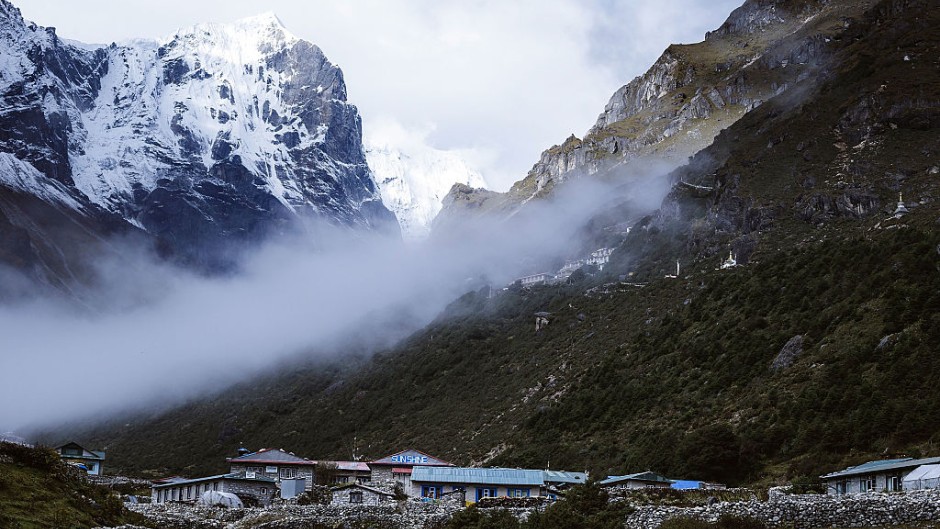KATHMANDU - A devastating flood that hit a village in Nepal's Everest region was caused by a glacial lake outburst, local government officials and experts said.
Climate change experts said it was a clear example of the "catastrophic impacts" increasing global temperatures were having on people who had done the least to contribute to the greenhouse gases driving it.
At least 14 buildings, including seven homes, five hotels, one hostel and one clinic, were completely swept away by the flood that hit Thame village Friday afternoon.
No deaths were reported, but the scale of the brown and muddy flood waters surging through the village of Thame was shocking, videos posted on social media by the local authorities showed.
The International Centre for Integrated Mountain Development (ICIMOD) said that the sudden flood was "due to an outburst flood from Thyanbo glacial lake".
It was investigating the causes and impact, it added.
Tenzing Chogyal Sherpa, a cryosphere analyst at ICIMOD, said that the disaster was a "painful reminder" of the impacts of rising temperatures on mountain communities.
"Millions of people in the mountains have contributed literally nothing to greenhouse gas emissions, but face the catastrophic impacts of these emissions with ever-increasing frequency and severity," he said.
- 'Tragic' -
Local government official Jagat Prasad Bhusal said that an aerial survey of the area also confirmed a glacial lake outburst.
"There are several glacial lakes and one had burst... the beautiful green Thame village has heartbreakingly transformed overnight," he said.
Thame, a Sherpa village at an altitude of around 3,800 meters, was home to Tenzing Norgay Sherpa, the first person to climb the world's highest mountain Everest along with New Zealander Edmund Hillary.
The small village has since been home to record-making mountaineers, including Kami Rita Sherpa, who climbed Everest for a record 30th time this year.
"In the face of ongoing climate change, this event is both tragic and disheartening," Sherpa posted on his Instagram.
Scientists warn that as climate change causes Himalayan glaciers to melt at an alarming rate, communities can be further exposed to unpredictable and costly disasters.
Hundreds of glacial lakes formed from glacial melt have appeared out of nowhere in the Himalayas in recent decades and 2,070 were documented in Nepal in a 2020 study by the ICIMOD.
Unlike normal lakes, glacier lakes are unstable because they are often dammed by ice or sediment composed of loose rock and debris.
When accumulating water bursts through these accidental barriers, known as glacial lake outbursts flood, massive flooding can occur downstream.
More than 70 people were killed in India's northeast in October 2023, after a high-altitude glacial lake suddenly burst.
Torrential storms lashing South Asia have meanwhile killed hundreds of people since June, with over 170 people dead in Nepal due to flooding, landslides and lightning.

